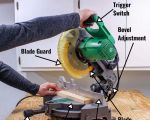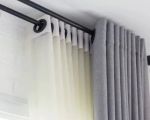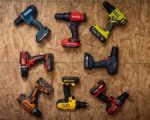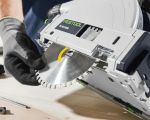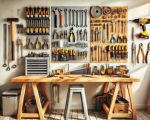- 1-Importance-of-Safety-When-Using-Power-Saws-for-Wood-Cutting
- 2-Essential-Safety-Gear-and-Preparation-Before-Operation
- 3-Step-by-Step-Guide-to-Using-a-Power-Saw-Safely
- 4-Common-Risks-and-How-to-Avoid-Them-When-Using-Power-Saws
- 5-Maintenance-Tips-for-Power-Saw-Safety-and-Performance
- 6-Real-Life-Examples-of-Power-Saw-Accidents-and-Lessons-Learned
- 7-Recommended-Tools-and-Safety-Products-from-ToolNest
1. Importance of Safety When Using Power Saws for Wood Cutting
Using a power saw for wood cutting can dramatically improve efficiency and precision in woodworking projects. However, without proper safety measures, it poses serious risks including severe injuries. Understanding how to safely use a power saw for wood cutting is essential for both beginners and experienced users.
Power saw accidents are unfortunately common, often resulting from misuse, lack of protective gear, or negligence. Emphasizing safety helps prevent injuries and ensures that wood cutting remains a productive, enjoyable task rather than a hazardous one.
2. Essential Safety Gear and Preparation Before Operation
Before operating any power saw, preparation is key. Appropriate safety gear is the first line of defense. This includes safety goggles to protect eyes from flying debris, ear protection to guard against loud noise, dust masks to avoid inhaling wood particles, and sturdy gloves for hand protection.
In addition to gear, ensure the work area is clean and well-lit. Inspect the saw for any damage or defects and confirm that blades are sharp and securely attached. Understanding the manufacturer’s instructions and safety warnings specific to your power saw model is vital before use.
3. Step-by-Step Guide to Using a Power Saw Safely
To safely operate a power saw for wood cutting, follow these detailed steps:
3.1 Secure Your Workpiece
Clamp the wood securely to prevent movement during cutting. This stability reduces the risk of kickbacks or inaccurate cuts.
3.2 Maintain Proper Body Position
Stand firmly with balanced footing and keep your hands clear of the blade’s path. Avoid overreaching to maintain control throughout the cut.
3.3 Start the Saw Correctly
Power up the saw before it touches the wood, allowing it to reach full speed. Then, gently guide the saw into the material without forcing it.
3.4 Use Smooth, Controlled Movements
Push the saw steadily through the wood, keeping pressure even. Avoid stopping mid-cut or sudden jerks which can cause accidents.
3.5 Shut Down Safely
After completing the cut, release the trigger and wait for the blade to stop fully before setting the saw down.
4. Common Risks and How to Avoid Them When Using Power Saws
Power saw usage involves risks such as kickback, blade binding, and accidental contact with the blade. Kickback occurs when the blade catches and forcefully throws the wood or saw back toward the user.
To avoid these hazards, always keep blades sharp, use the correct blade for your material, and never remove safety guards. Be mindful of the wood grain and avoid cutting warped or unstable pieces. Staying alert and focused during cutting prevents mistakes that lead to accidents.
5. Maintenance Tips for Power Saw Safety and Performance
Regular maintenance ensures your power saw operates safely and effectively. Clean the saw after each use to remove sawdust buildup, which can affect motor function. Lubricate moving parts as recommended and inspect the electrical cord for wear or damage.
Replace blades periodically to maintain sharpness, as dull blades increase the chance of slips and uneven cuts. Proper maintenance not only extends the lifespan of your tool but also keeps you safe during wood cutting projects.
6. Real-Life Examples of Power Saw Accidents and Lessons Learned
Stories from woodworkers highlight the importance of power saw safety. For instance, a hobbyist lost partial finger movement due to ignoring blade guards and rushing a cut. This incident underscores how small lapses can have severe consequences.
Conversely, professionals who consistently adhere to safety protocols report fewer injuries and greater confidence in their work. These real-world experiences reinforce that safety is not optional but integral to successful woodworking.
7. Recommended Tools and Safety Products from ToolNest
At ToolNest, we prioritize safety and quality in woodworking tools and accessories. We offer a curated selection of power saws with advanced safety features, including blade guards, anti-kickback mechanisms, and ergonomic designs. Additionally, our range of protective gear such as goggles, ear protection, and dust masks ensures you are fully equipped.
Choosing the right tool and safety equipment from ToolNest sets you up for safe and efficient wood cutting. Explore our products to find trusted tools that combine performance and protection for every woodworking project.


